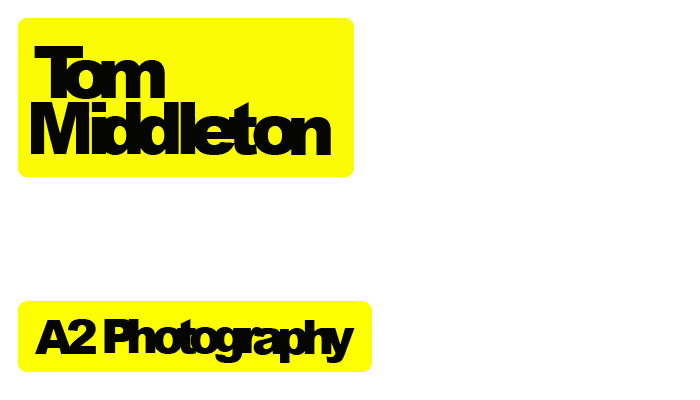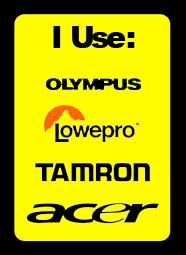
This photograph of a five piece band has been shot in a well lit studio location. It has been centred around the band singer, who is looking down towards the camera, generating a feeling of inferiority in the viewer. The poses of the two either side of him are quite open stances, with their bodies leaning in towards the singer. Those at the back are quite small in comparison to the front man, which demonstrates almost a hierarchy within the group. Barnes has made good use of a fill flash in this shot so that all the faces are well illuminated. The lighting in this photo has been excellently engineered to work out any shadow within the image.

This photograph is much darker compared to the previous photograph and uses very little colour. The enclose feeling generated by the small room and the crowded band has an intimate nature but at the same time there is that feeling of inferiority again. There is also more shadow in this image, especially around the singer's (again closest to the camera) face. The way those in the background have their sweatshirts open again promote a slightly less aggressive feeling, although the revealed t-shirts draw focus away from their faces due to the graphic nature of the designs. Due to the lack of colour it is less obvious the flash has been used but due to the brightness of the image for an enclosed space I would say that at least one has been used.

This photo is even darker and shadowier than before, again this one uses limited colours. The shadow in this means that the main focal point is are the faces of the band and the white parts of their clothing. The shadows cast on their face are quite striking and at the same time sinister. Once again Tom Barnes has positioned the camera low to get a shot looking upwards at the band.







